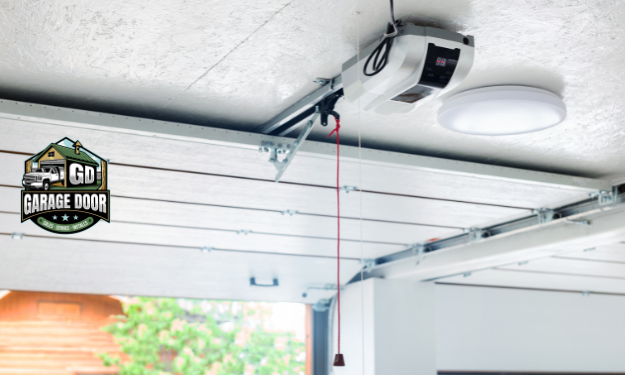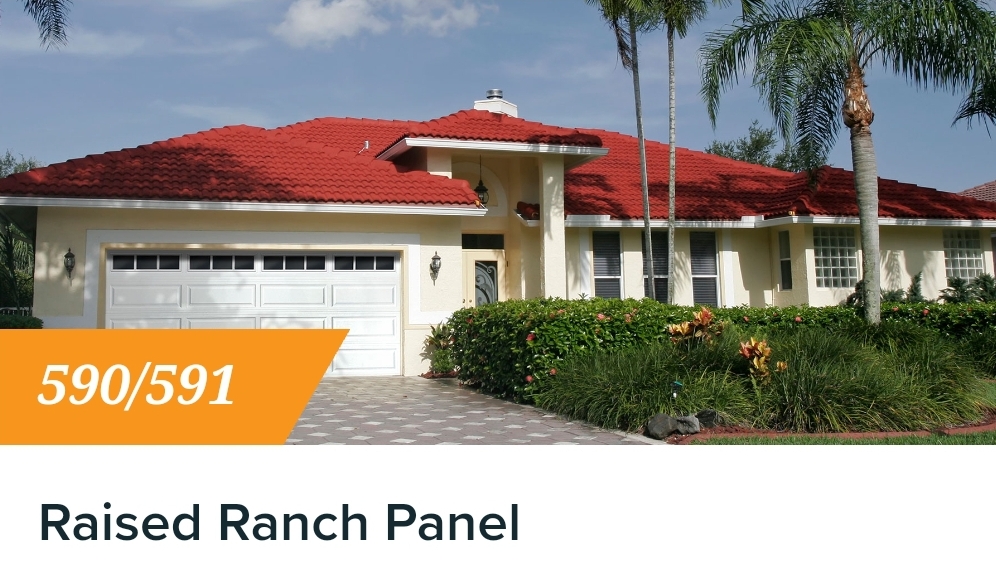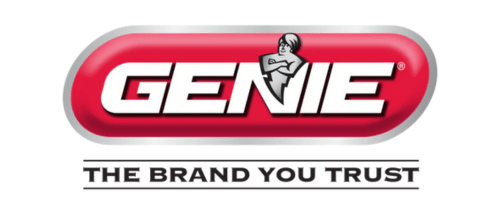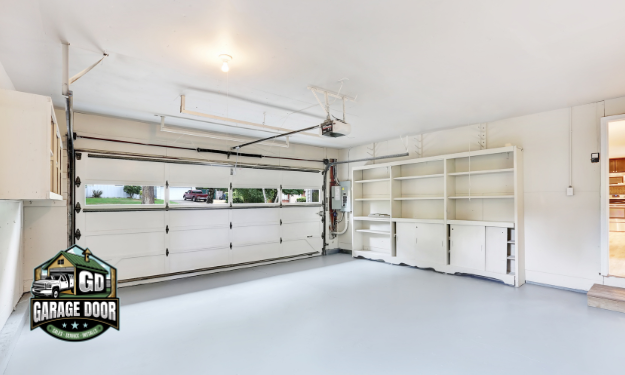Garage Door Opener Repair
Selecting a qualified, insured local garage door company with expertise enables professional installation plus reliable emergency coverage and warranty support. Warning signs like sticking doors or odd noises necessitate service to prevent cascading issues or jeopardizing safety. Established Twin Cities, MN garage door businesses offer all standard and customized solutions to match unique home profiles. Operations teams from installers to dedicated technicians undergo extensive industry training to enable exemplary response times backed by multi-point inspections, free estimates and durable guarantees ranging from limited lifetime component warranties to satisfaction promises on rapid responsiveness. Expert opinions provide tailored recommendations considering Minnesota’s extreme seasonal shifts and layouts. Factory-authorized dealers gain insider maintenance insights around brands while independently vetting emerging technologies.



